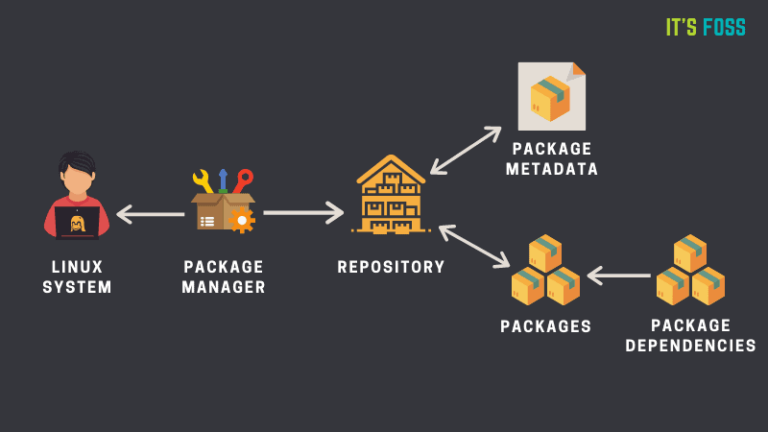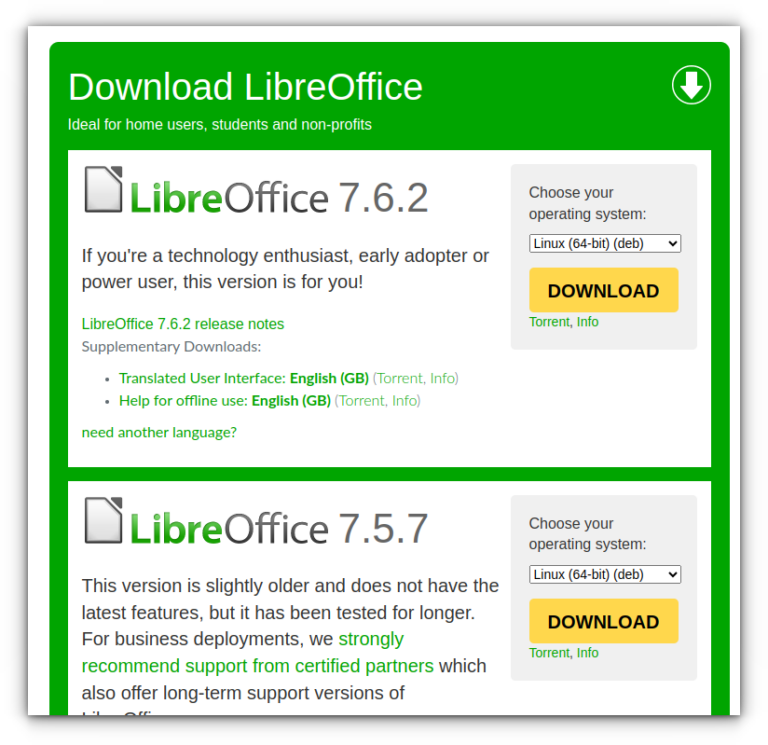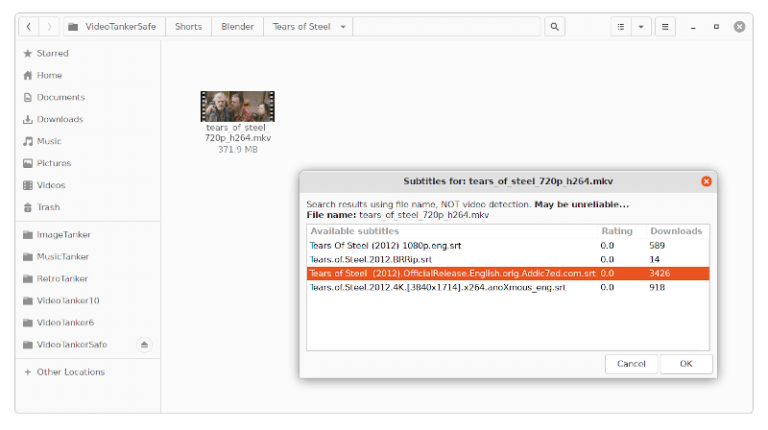10 GNU Linux Myths That You Stop Believing
Brief: In this guide, we discuss some of the GNU Linux myths and misconceptions which have been going on for a while.
If you are getting started with Linux or have been using it for a while, there is a pretty good chance that you have stumbled upon some half-truths and misconceptions about it. Some of these myths can ultimately dissuade you from embracing and making the most out of the operating system.
In this guide, we debunk some of the myths and half-truths going around about GNU/Linux operating systems.
1. GNU/Linux is Difficult to Use
Linux has, for a long time now, been perceived to be an intimidating operating system to use, especially for beginners. And rightly so given the high skill level required to work on the command line which has been the standard way of running the operating system.
However, over the years, the open-source community has ramped up efforts to enhance user experience and take into account even the average computer user or learner.
Nowadays, most modern Linux distributions provide a GUI (Graphical User Interface) by way of graphical features such as windows, menus, icons, panels, and widgets in order to enhance user interaction and experience.
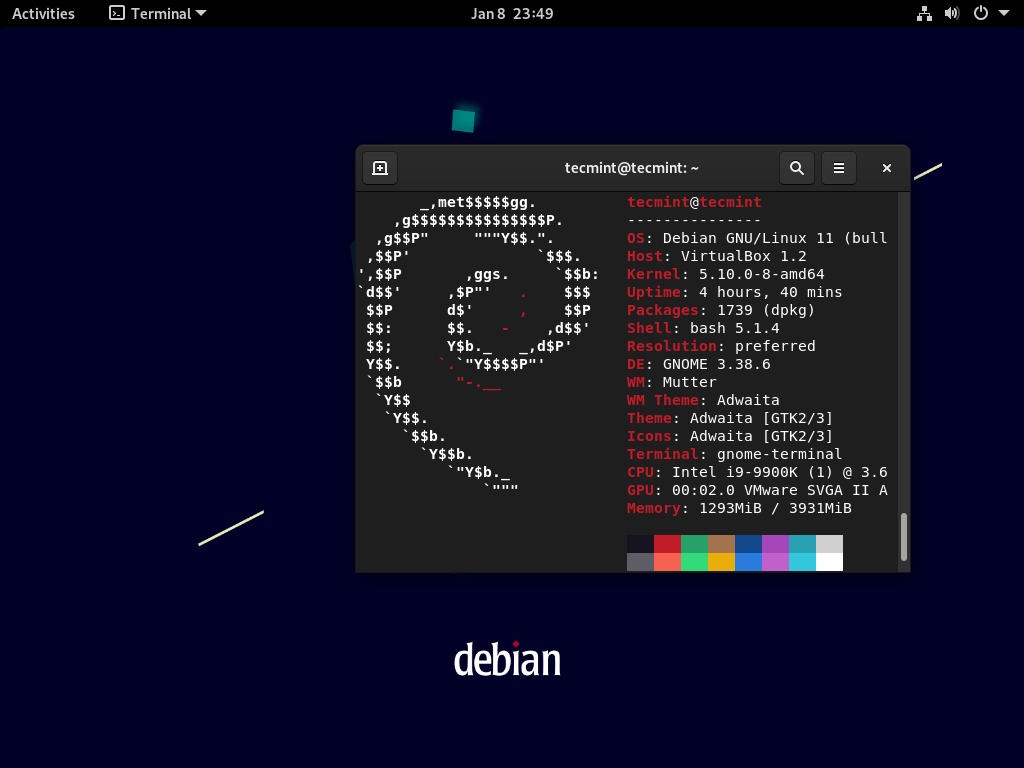
A distribution like Zorin closely resembles Windows while others such as Ubuntu, Fedora, Elementary, and Linux Mint are recommended for beginners transitioning to Linux. They provide a simple and intuitive UI to help users get their way around the system.
The GUI versions of these distributions provide an exemplary user experience and allow users to undertake everyday tasks such as web browsing, word processing, video editing, gaming, and software development much the same way they would on Windows or Mac.
2. GNU/Linux is Secure
Windows vulnerabilities have always conjured the notion that other alternatives, such as GNU/Linux, are infallible and foolproof. The fact is, Windows is not the only vulnerable operating system and the security of any operating system is largely dependent on how a user runs and maintains it.
Linux is not without its own fair share of weaknesses and loopholes. For example, not constantly applying security patches and ensuring all applications are updated is one of the ways hackers infiltrate a Linux system. Other vulnerabilities include using weak passwords, and social engineering attacks which can compromise the security of the system.
As the saying goes, “the only secure computer is the one that you can’t do anything with”.
3. GNU/Linux Only Works via Command Line Interface
It is expected that the mention of Linux conjures up thoughts of a black screen with green text for most users. That is why most users assume all GNU/Linux tasks require using the Command Line Interface (CLI). While the CLI or terminal is critical for carrying out system administration tasks, it’s not the only way of using a Linux system.
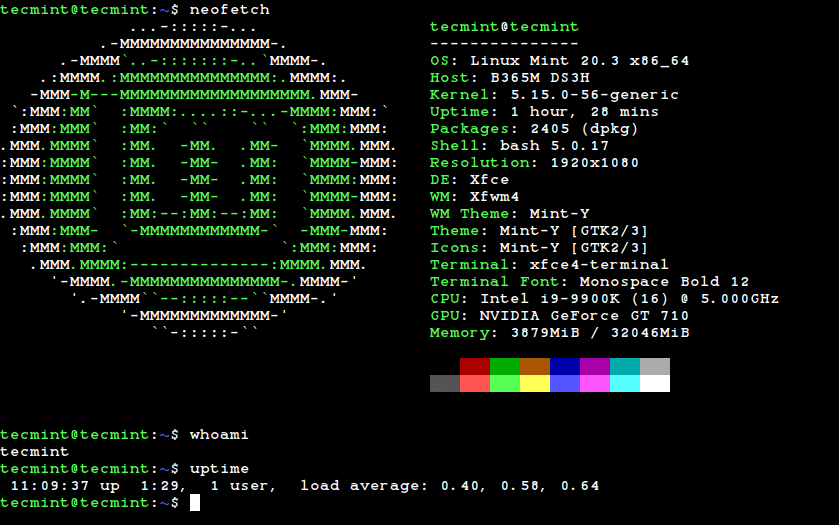
As discussed in the first point, modern Linux distributions are much easier to use since they offer a graphical interface that allows users to interact with various components of the system. Graphical distributions come with desktop environments that can be tweaked according to the user’s satisfaction and preference.
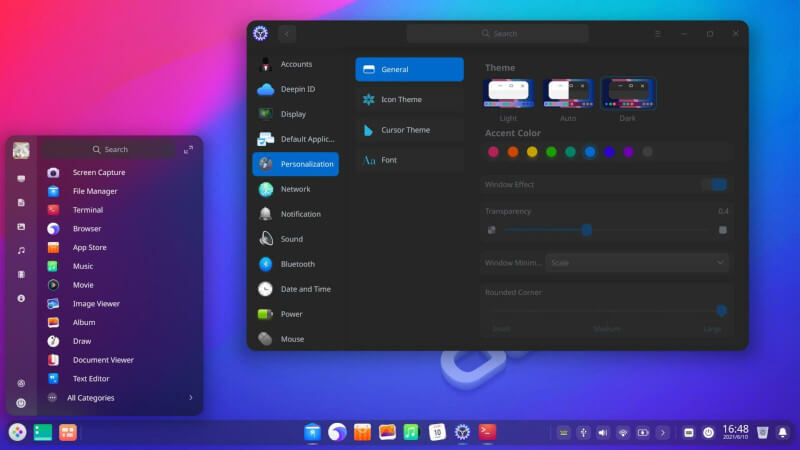
4. GNU/Linux is for Power Users or Programming
The idea that Linux is a difficult OS to learn and use has led to the misconception that Linux is only best reserved for “power users’- people with IT skills and willing to learn more.
It is difficult to defend the myth since initial Linux-based OS systems featured tons of CLI usage with little to no interfaces. But over the years, Linux has built a reputation around a more straightforward, smoother user experience enough to encourage even the most novice of users.
Nowadays, Linux can be used by virtually everyone: gamers, graphic designers, developers, artists, scientists, researchers, and average desktop users.
5. GNU/Linux is Restrictive
Since Linux is often associated with difficulty, most users assume the distro is restrictive and, therefore, you can only do a little use with it. This is quite the opposite since Linux allows you to customize the OS to your requirements or liking.
All it takes is to remember Linux is an open-source OS, and anyone can technically modify its code to fit their preference.
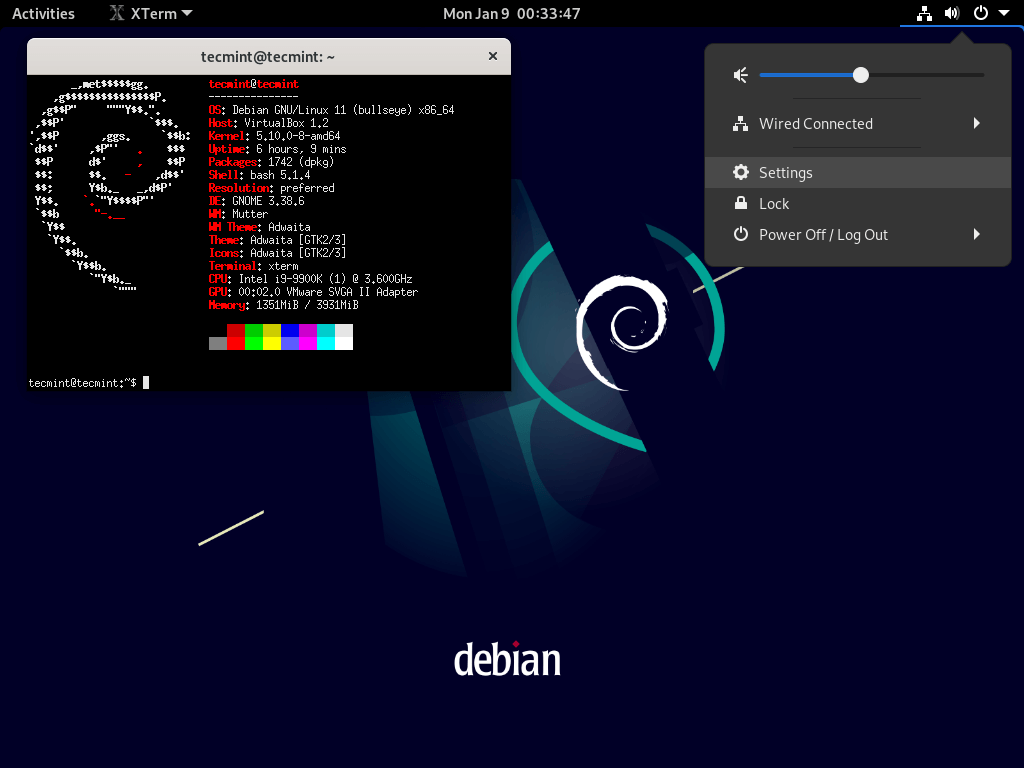
6. GNU/Linux is Only Suited for Servers
Linux distributions are great for server-based works, with most distros providing server versions with their operating systems. This focus has led many to believe Linux is only for server-based operating systems. This couldn’t be further from the truth.
The fact is most distributions have evolved to include both server and desktop versions editions with the latter providing a desktop environment or GUI which provides essential tools such as web browsers, media players, photo viewers, editing software, desktop publishing software, and a bunch of other applications for everyday use.
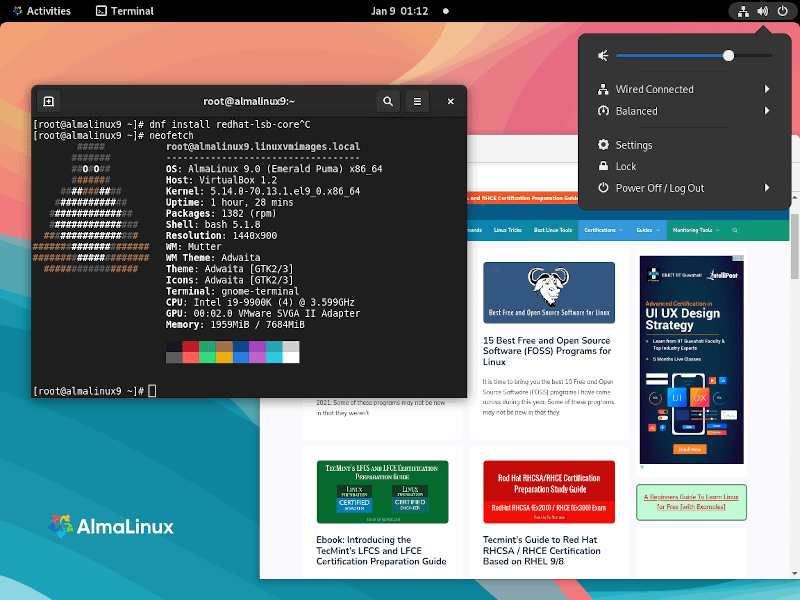
In fact, some distributions such as Zorin, Elementary, Linux Lite, and Linux Mint are only available as desktop editions.
7. GNU/Linux Lacks Essential Applications
It is believed that GNU/Linux always lacks essential applications for daily use. However, as previously mentioned, most distributions have gone to great lengths to provide a GUI and essential applications for desktop lovers and newbies.
The open-source community has developed a myriad of applications that are a perfect alternative to those provided by Windows. For example, the LibreOffice suite is a perfect replacement for the Microsoft Office suite.
In addition, popular applications such as TeamViewer, Skype, Oracle VirtualBox, VLC media player, Google Chrome browser, and Telegram can now run on Linux. You can also run Windows applications on Linux using Wine compatibility layer.
8. GNU/Linux Can Not Handle Word Processing
Word processing is an essential feature in any OS since it allows you to create files. Word processing applications also allow you to copy, edit and save written information, with the most popular application version being Microsoft’s Word Processor.
There are quite a number of Word processing applications for Linux including LibreOffice suite, an equivalent of Microsoft Office Suite. Other worthwhile applications include Apache OpenOffice Writer, WPS Writer, and AbiWord.
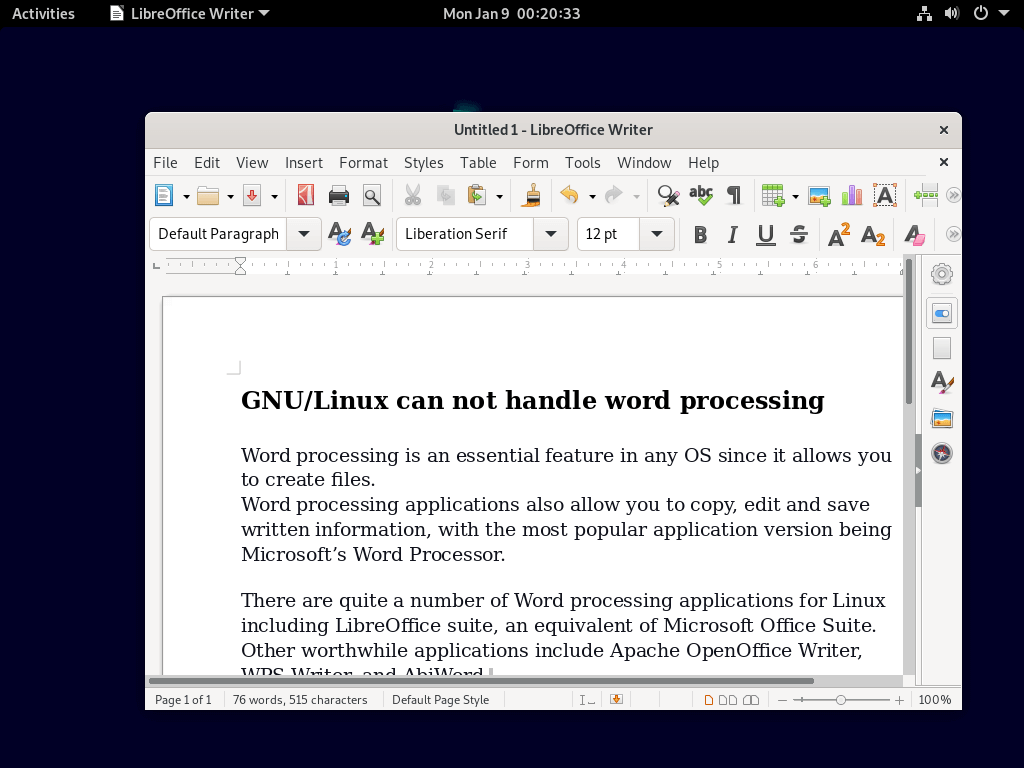
9. GNU/Linux Does Not Support Gaming
Windows ranks best for its excellent support for games with compatibility and updates. And while Linux does not match up to Windows in terms of gaming support.
It offers a decent number of games thanks to Steam, a gaming platform that offers more than 2500 Linux games revolving around adventure, racing, and sports. Developers have also developed dedicated gaming distros to enhance the Linux gaming experience in an effective way.
These gaming Linux distros include Drauger OS, Sparky Linux, Garuda Linux, Game Drift Linux, and ChimeraOS.
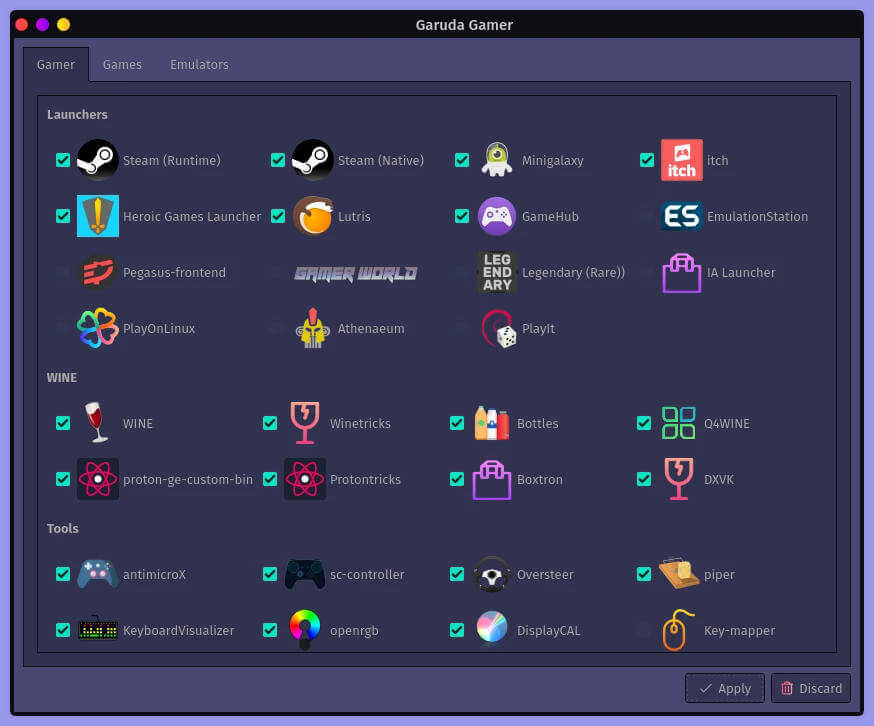
10. The Linux Ecosystem is Highly Fragmented
Once you start exploring GNU/Linux, you realize how diverse the operating system is compared to others. Such diversity has seen the operating system create a new world of different kernel versions, distributions, and configurations. With such diversity, most users would agree that the ecosystem has become highly fragmented, which leads to indifference to the resulting distributions and configurations.
However, the differences between various distributions should matter much since that all share a common underlying kernel. Additionally, the past few years have seen a rise in application deployment via containers that run in isolation from the underlying host. As such, regardless of the distribution you are using, the application will run just fine.
Bottom Line
In this article, we have debunked some of the myths and lies that go around about Linux. These have created a false narrative and painted Linux in a not-so-glamorous way to the extent of slowing down its adoption.
We have dispelled these myths as myths and nothing more. All is still not lost, and you can help spread the facts about the GNU/Linux operating system.


